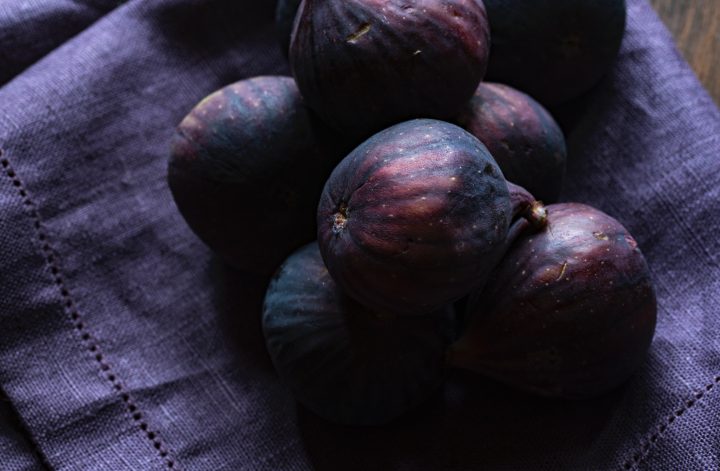Seven summers ago I bought a six-inch-high fig sapling at the local farmer’s market. I planted it in a perfect spot in our garden — protected from the wind and backed by a warm rock wall.
I watered, weeded and pruned. I watched as the tree grew from scrawny infancy into a towering and robust behemoth with shiny leaves and a healthy root system.
Despite its size and apparently magnificent health, it did not produce a single fig in its first six years.
I chalked it up to not giving it enough love. So, out came the fertilizer, more watering and careful fall pruning.
Nothing.
My tree, now bearing fruit!
Then, this spring, when my partner-in-adventure-and-all-things-domestic and I were on holiday biking in Girona, Spain, I noticed that the countless, derelict fig trees lining the ancient trails were teeming with figs. When I came home and mentioned this to a gardener friend of mine, she said, “Not surprising. Figs thrive on neglect.”
Turns out, if you want a fig tree to bear fruit, you need to practically abandon it. Stress it by denying it water and other creature comforts that more needy trees rely upon for their survival.
My fig tree has not been watered or fertilized since I received this nugget of advice.
To my joy, like its Spanish counterparts, the tree is now bearing fruit.
This got me thinking about the other things in life that also perform better with less of my attention. My three kids, for one. Over a quarter-century as a mother, I have been guilty of my fair share of helicopter parenting. But like with my now prolific fig tree, I have learned that trusting my children to make their own decisions, and being prepared to weather the accompanying mistakes, is often a better approach.
Not only has it demonstrated to my kids that I trust their judgment and abilities, but it takes me off the hook. I don’t need to jump on a plane to cook meals and do my No. 1’s laundry when he is in a crisis at university during midterms. I just need to patiently listen and let him know, in all sincerity, that I believe in him and his ability to figure out whatever it is on his own. He (almost) always does, as do No.2 and No.3 when I stop jumping in and let them solve their own problems.
This theory is by no means new. Donald Winnicott, a British pediatrician and psychoanalyst, came up with the phrase the “good enough mother” in 1953. Let’s just say I’m a perfectionist for whom “good enough” has always been a challenge.
Of course, neglect is not the best course of action for everything. Paying bills, chronically unruly curly hair and clients all require prompt and meticulous attention. I am finding that putting a little less focus on my fig tree—and my kids—frees me up to spend more time on those pressing demands.



